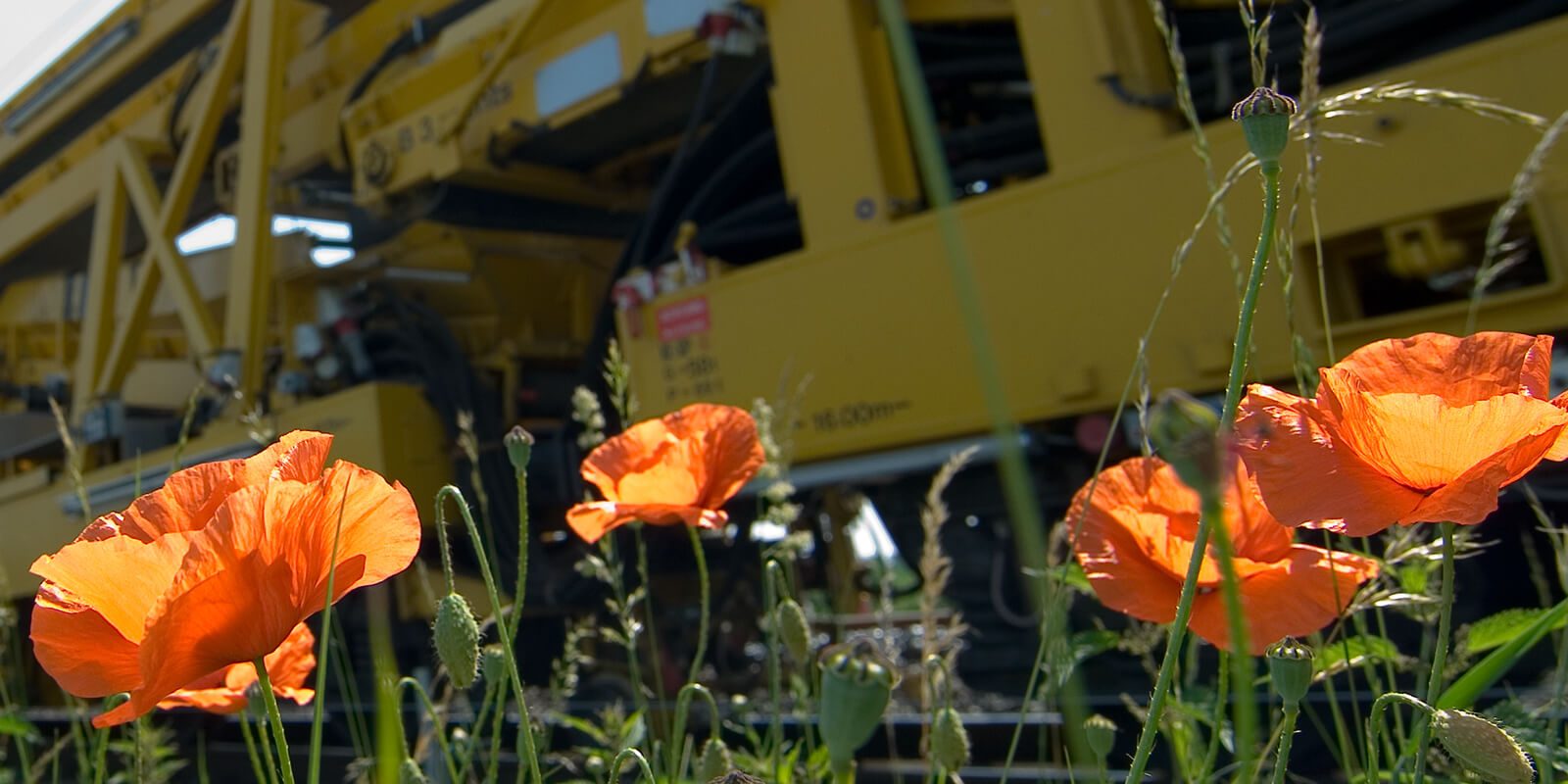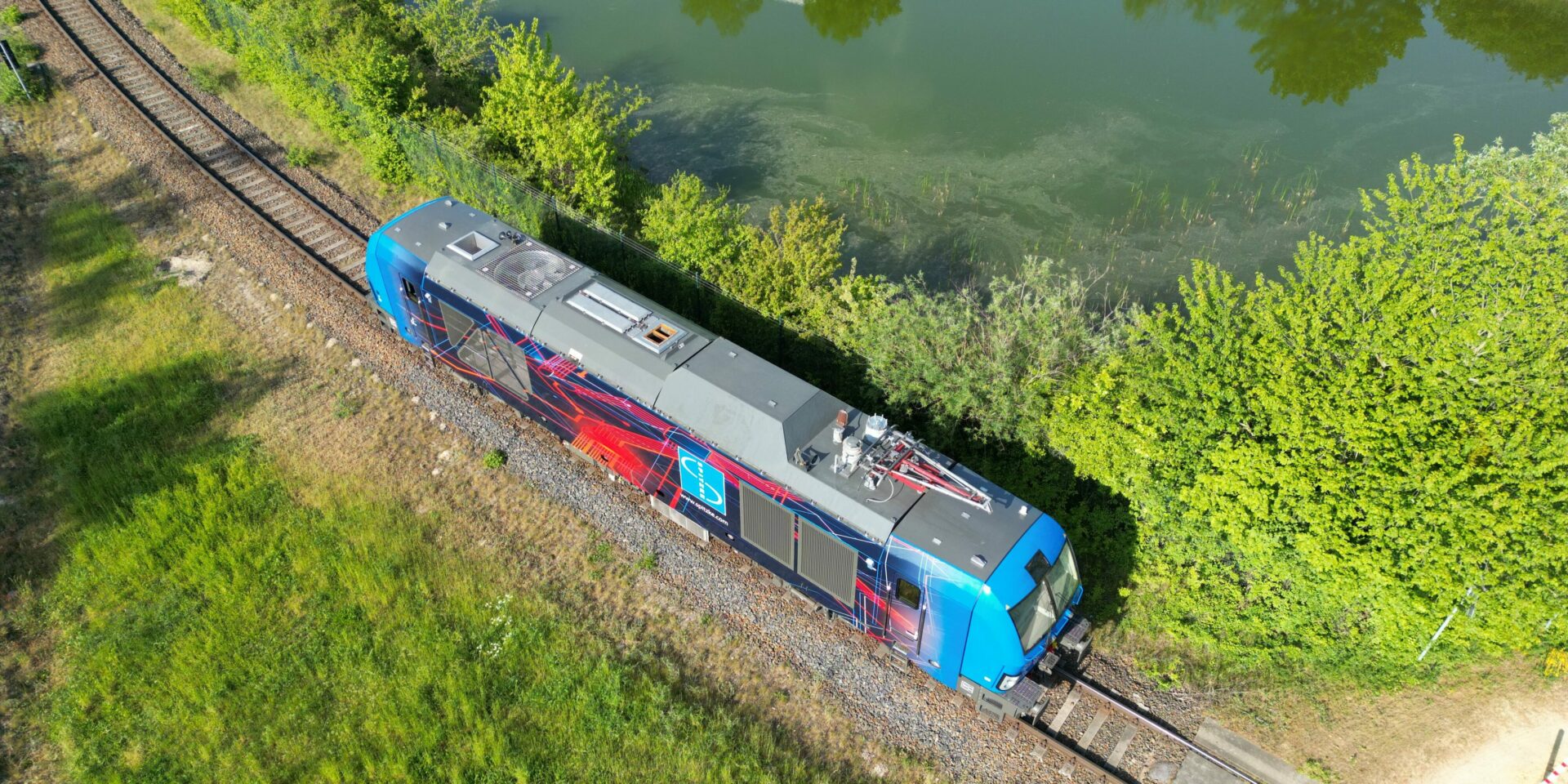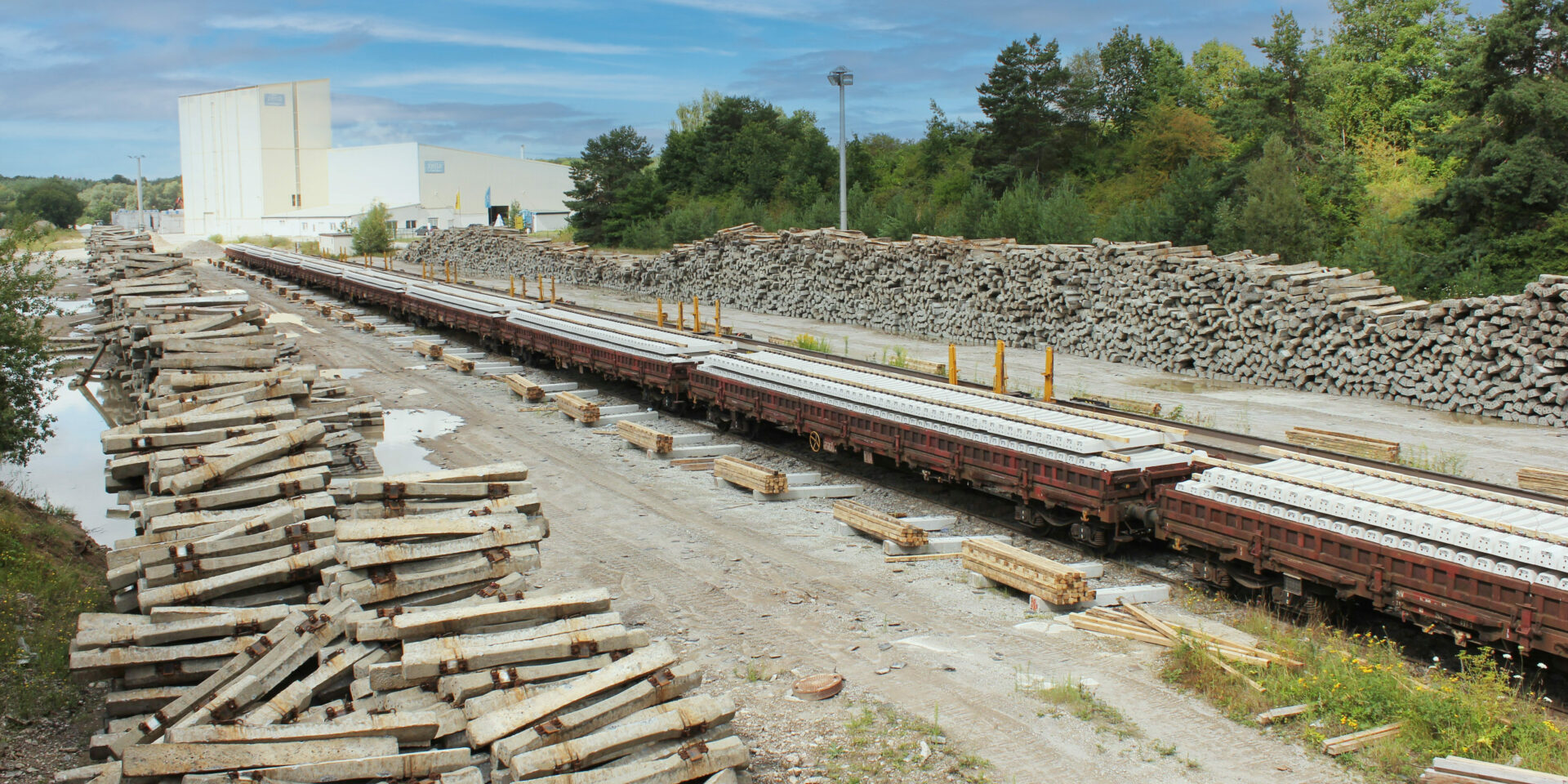


Environment and Resources.
Highest standards. Outstanding quality.
Our highest environmental priority is to protect the environment by preventing harm to it, while complying with all relevant laws and regulations as well as industry standards. Sustainable action is an integral part of the entire value-added process. In all of our activities, we promote biodiversity, we work to reduce environmental pollution as far as this can be achieved economically with the best available technology, and we emphasise these values to our employees as well as our suppliers.
The latest findings and requirements are incorporated into our plans and put into practice by our employees. Continuous information, training, and the regular recording of environmental indicators for CO2 emissions, energy, water, and waste are all part of our sustainability strategy. In this way, we not only contribute to raising awareness with regard to the consumption of natural resources, but also expand our reduction targets. We continuously invest in our technology to keep up with the latest developments.
Insight into our projects and innovations

Sustainable new building
With the construction of the new administration building for our Southern Competence Center, we have once again demonstrated that our actions are focused on sustainability. This applies not only to forward-looking mobility, but also to our own infrastructure.
In Buchloe, the new office building of our KPZ Süd was opened in August 2023 after a one-year construction period. The result is 60 new workstations that are heated and cooled by a heat pump using well water through underfloor heating and concrete core-activated ceilings. The building’s ventilation system works with registers for heating or cooling via well water and heat recovery. Additional cooling is achieved using ceiling cooling sails with water and air flow. The entire power supply is provided by our 30 kW photovoltaic system.

Vectron Dual Mode
Many of our construction projects are aimed at further electrifying the German and European rail network. The use of diesel engines will continue to decline. The Vectron Dual Mode has graced our technology fleet since 2022. It is the perfect locomotive for the different route requirements.
The Vectron Dual Mode switches quickly between diesel engine and electric drive. If it is transporting or hauling our track-laying machines on electrified lines, it uses its electric drive with a maximum traction power of 2,400 kW. If it is shunting on the construction site, it switches to diesel operation with approx. 2,000 kW of power.

The Three Lives of Railway Sleepers
As a company in the railway infrastructure sector, our over 2,300 employees focus their daily work on shaping sustainable mobility and contributing to the achievement of climate goals. One crucial aspect – among many others – is the utilization of old railroad sleepers.
Our track renewal trains replace tens of thousands of sleepers every year when revitalizing or renewing railroad lines. But what actually happens to the old concrete sleepers? Here, too, we don’t simply dispose of them, but think sustainably in terms of conserving resources. You can read all about recycling, reprocessing and reuse here.

100 % green electricity
As an organization, we contribute to climate protection not only through our commitment to the rail system and sustainable mobility, but also by keeping our own ecological footprint as small as possible. For this reason, we are gradually switching the power supply for our sites to energy from renewable sources as existing contracts expire.
Currently, in addition to the Großbeeren location, the Erlensee, Lehrte, and Leer locations also obtain 100% of their electricity from renewable energy sources. Additionally, SPITZKE itself is a producer of renewable energy, thanks to our own photovoltaic system.

Dust filtering system RM 900 S
For the work in the tunnels of the high-speed Mannheim–Stuttgart line (SFS4080), we have equipped our cleaning machine RM 900 S with an innovative dust filtering system. Developed in-house alongside ventilation specialist CFT in spring 2020, this innovation is currently unique in the industry.
The dust filtering required for tunnel construction projects is no longer carried out from the neighboring track, as was previously the case and was tested in previous pilot projects, but is now implemented inside the machine. In the future, this will ensure that single-track tunnel construction can also be carried out in compliance with the required air quality and occupational health and safety standards.

We give insects a home.
Insects are enormously important to us humans. That’s why we take care to preserve, maintain, and build up their natural habitat.
After 5,000 to 10,000 bees moved into our beehive on the premises of our production subsidiary, SPITZKE FAHRWEGSYSTEME GmbH, in Möllenhagen in April 2020, another 14 swarms found their home in tree hollows in May. By then, a lot had happened: A bee house was built, tree trunks were hollowed out as housing for the bees, and bee pastures and nutritious shrubs were planted around the bee area.

Compensatory measures for track extension
In 2019, we extended our own rail connection at the main site in Großbeeren (GVZ Berlin South) by four new tracks over a total length of approximately 1,200 m. For this, a plot of land (forest area) of approximately 6,900 m2 was acquired.
This extension is very important, as it is the only way to create the necessary parking space for the large track-bound machines, thus ensuring efficiency. By maintaining and servicing these large machines on our own premises, as well as safeguarding them from vandalism by keeping them in protected areas, we are better able to ensure the punctual completion of railway construction projects.

Reducing emissions
We are aware of our responsibility for the climate, which is why we place great importance on monitoring, and when possible reducing, CO2 emissions. In particular, when we dispatch large machines and diesel locomotives as well as road-rail equipment, we pay careful attention to the distances to be covered.
With the introduction of a new scheduling tool at the beginning of 2017, it is possible for our dispatchers to shorten transport routes and simultaneously clock the use of the numerous machines in an ecologically and economically efficient manner.
